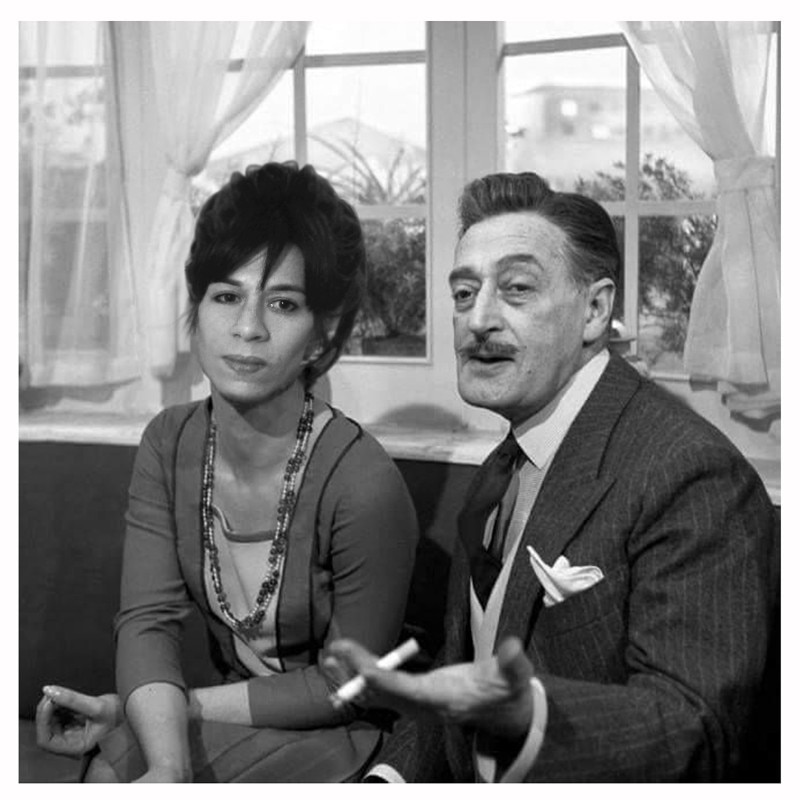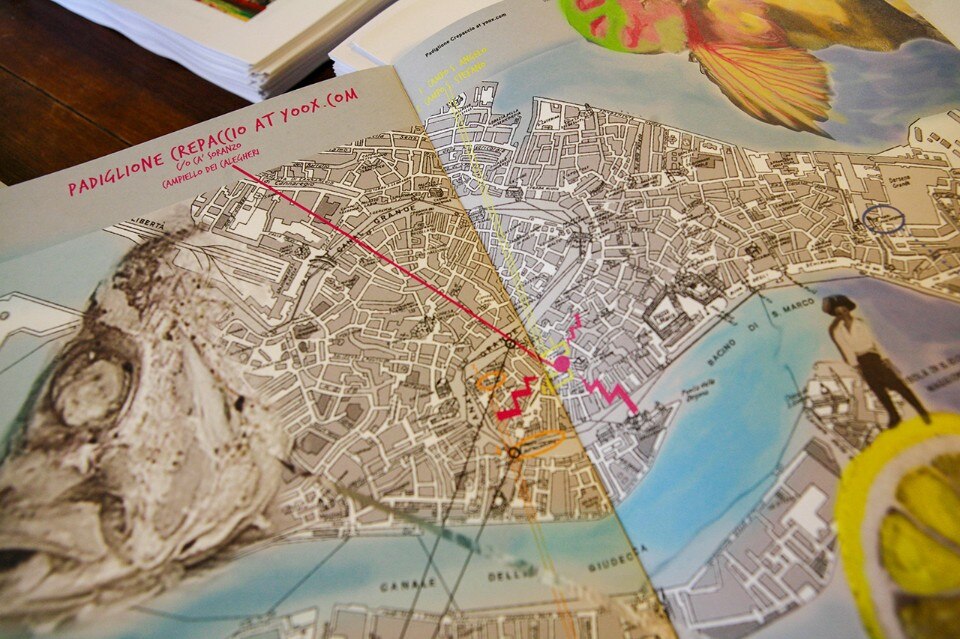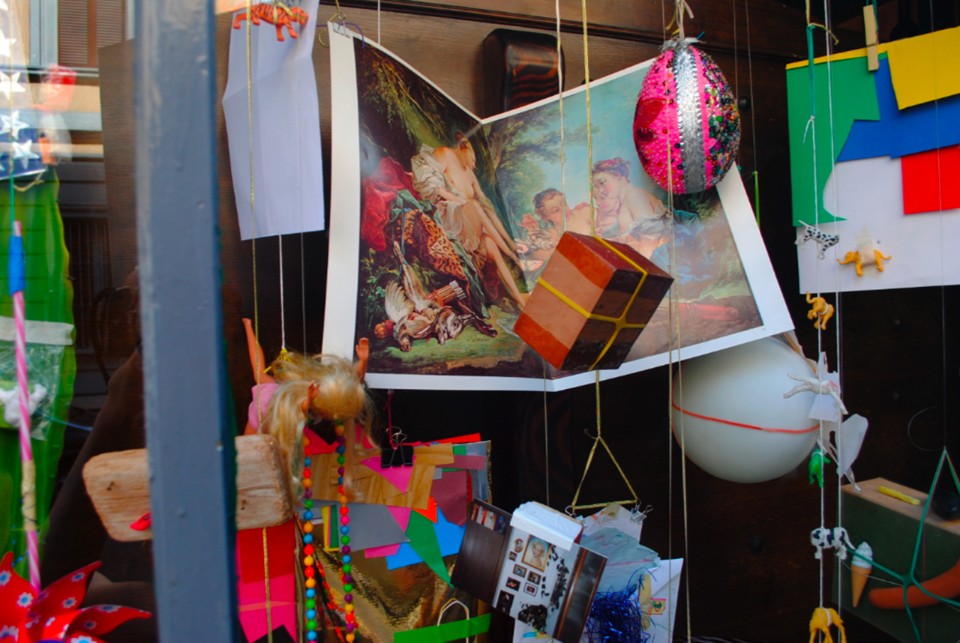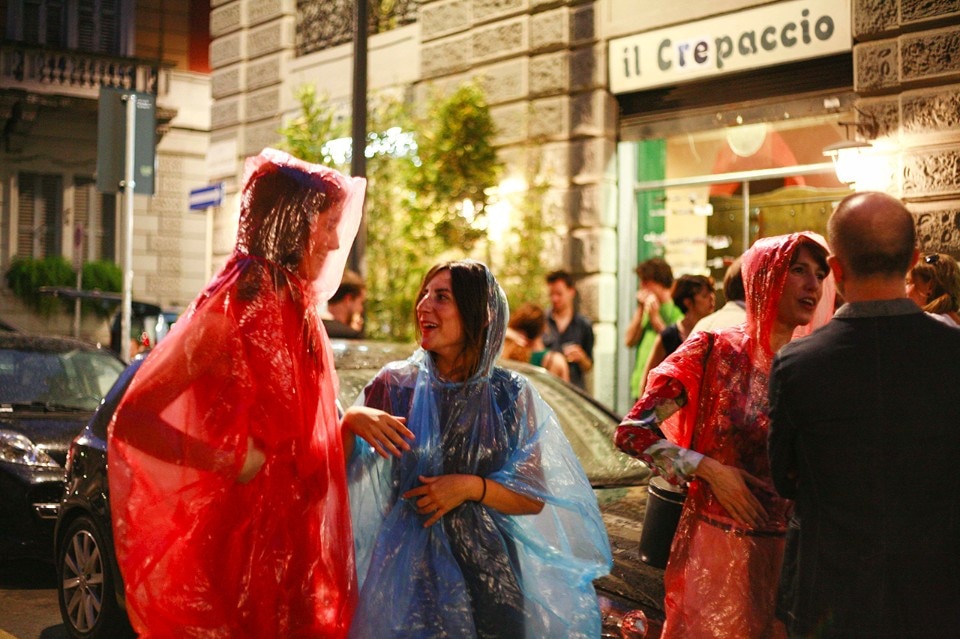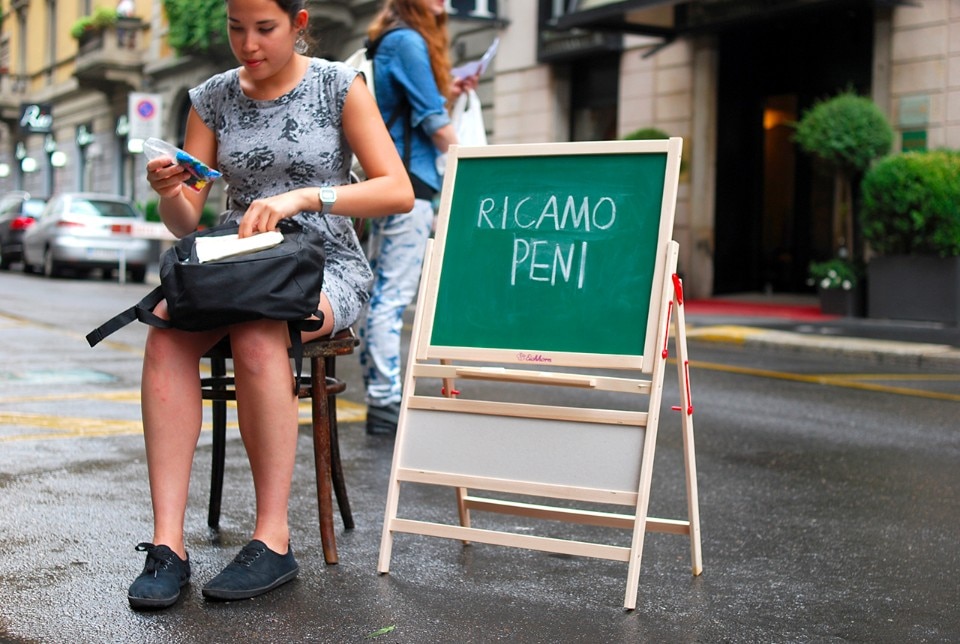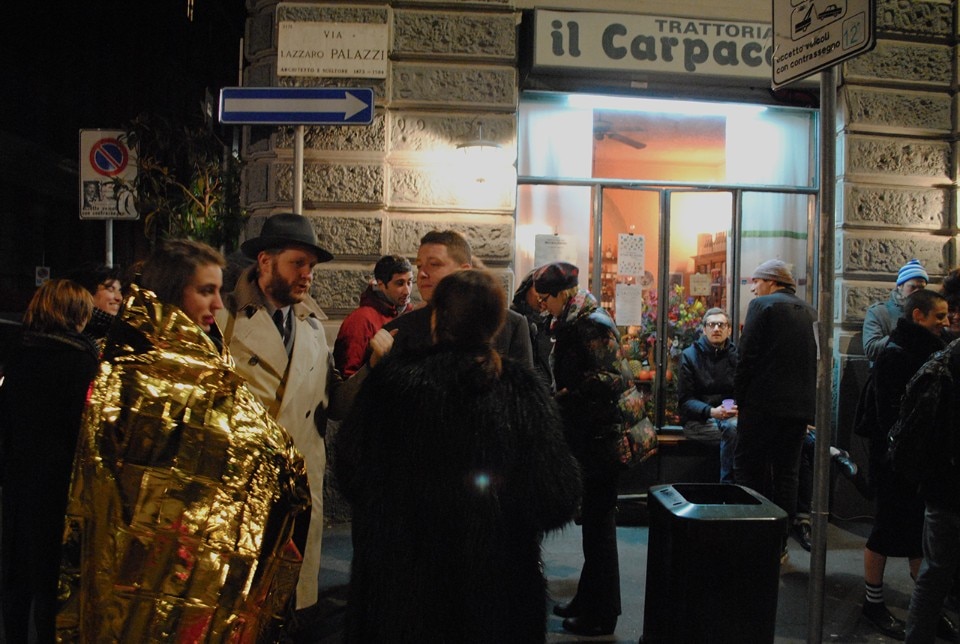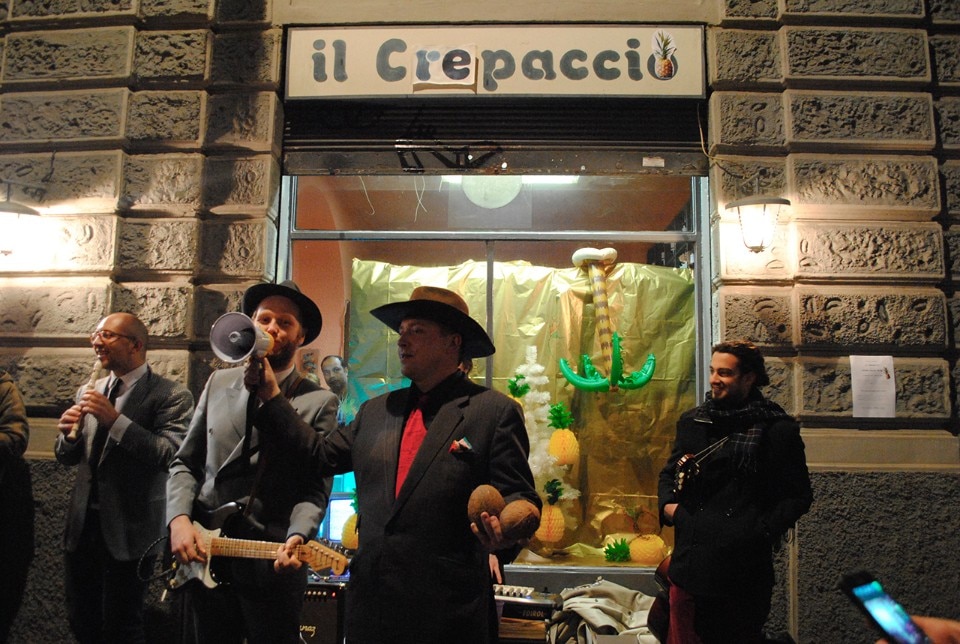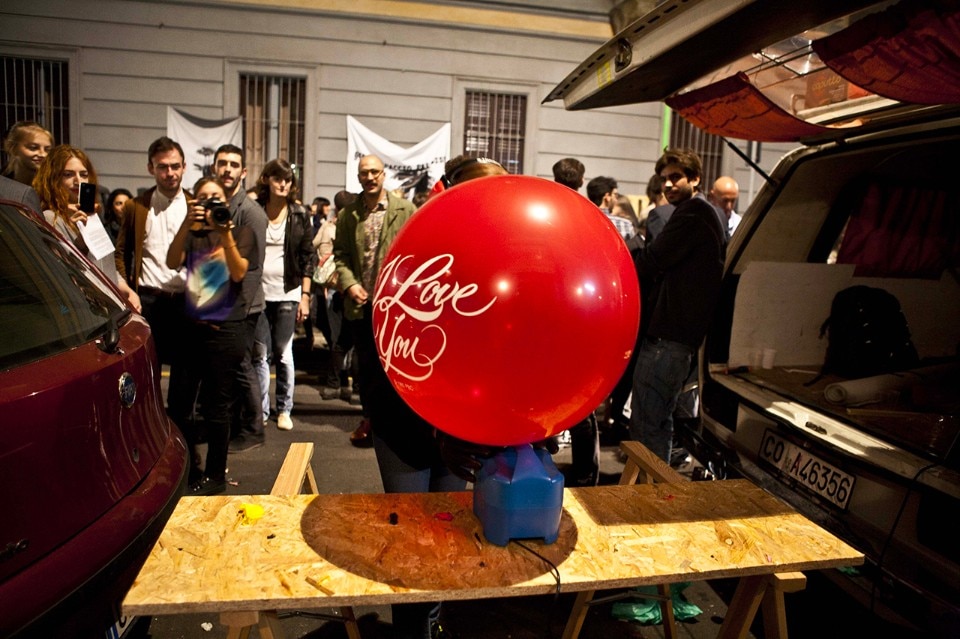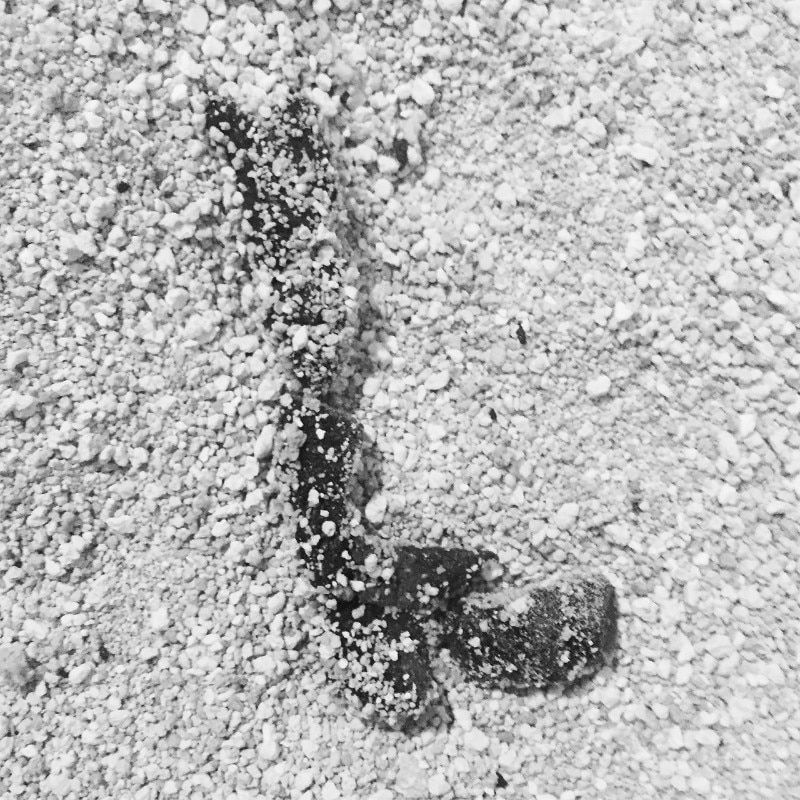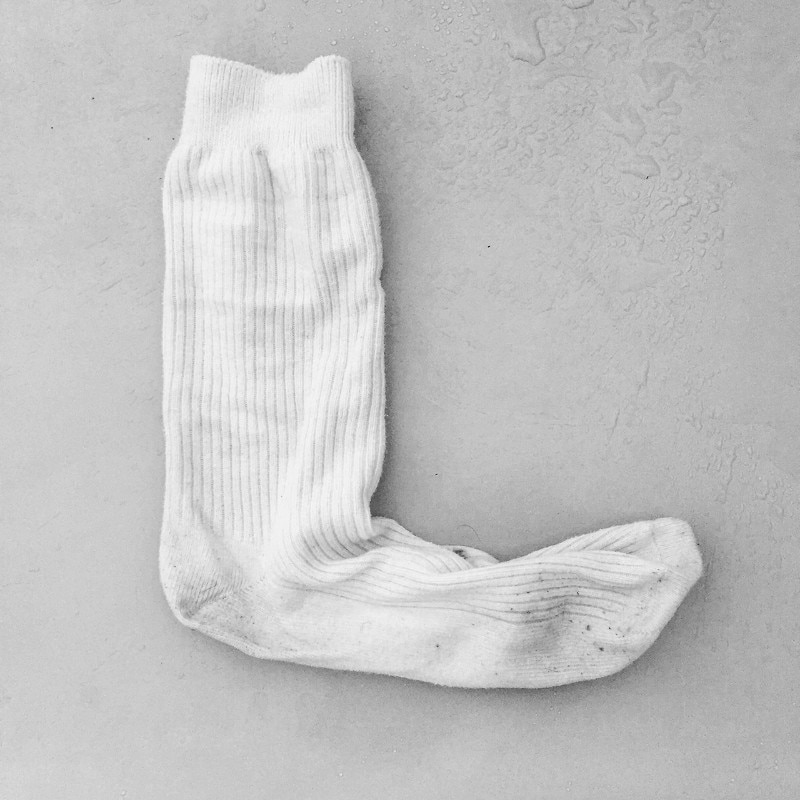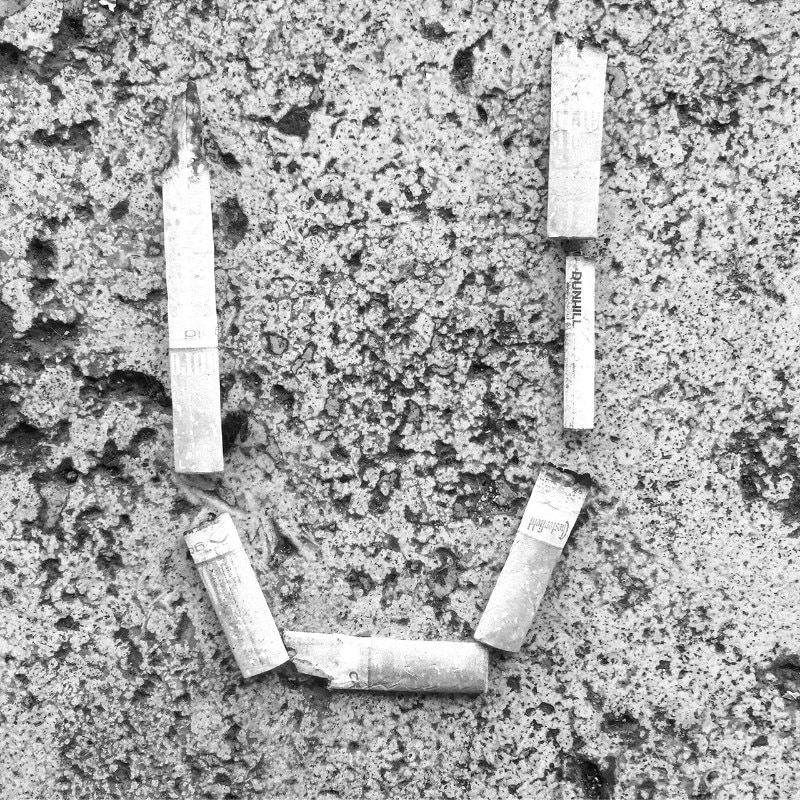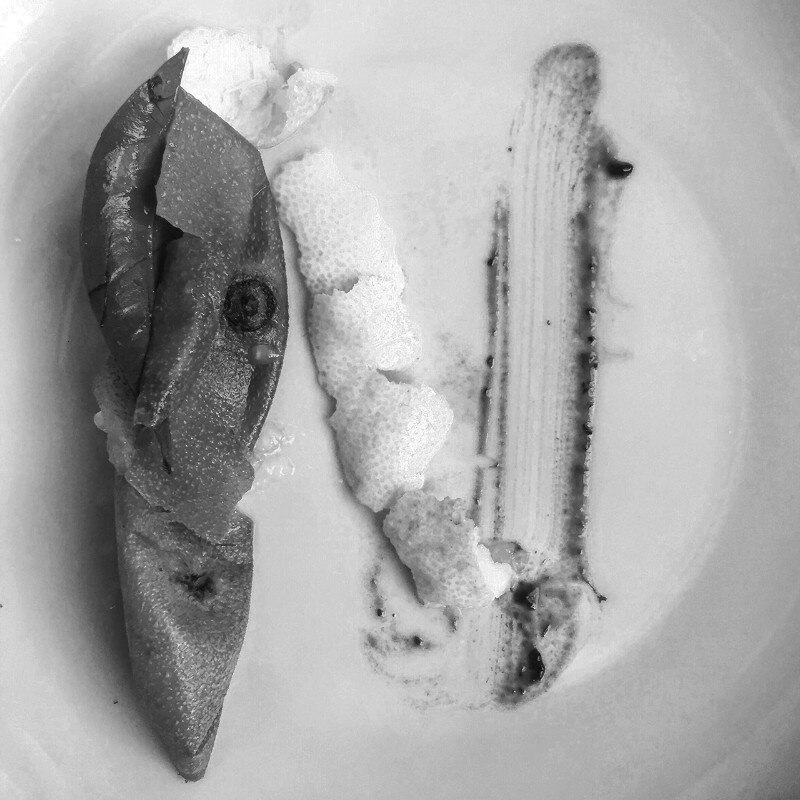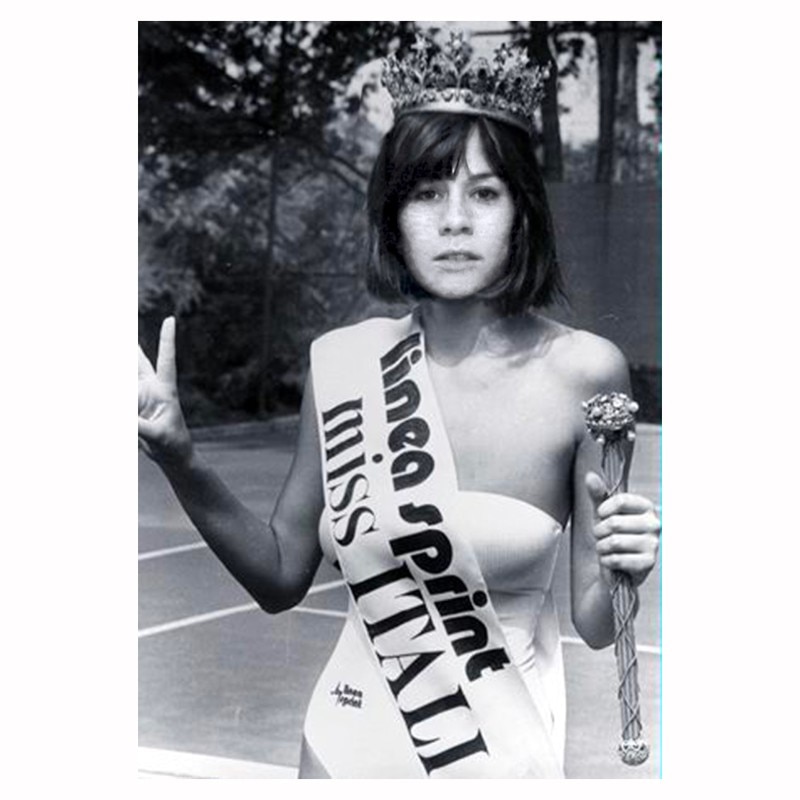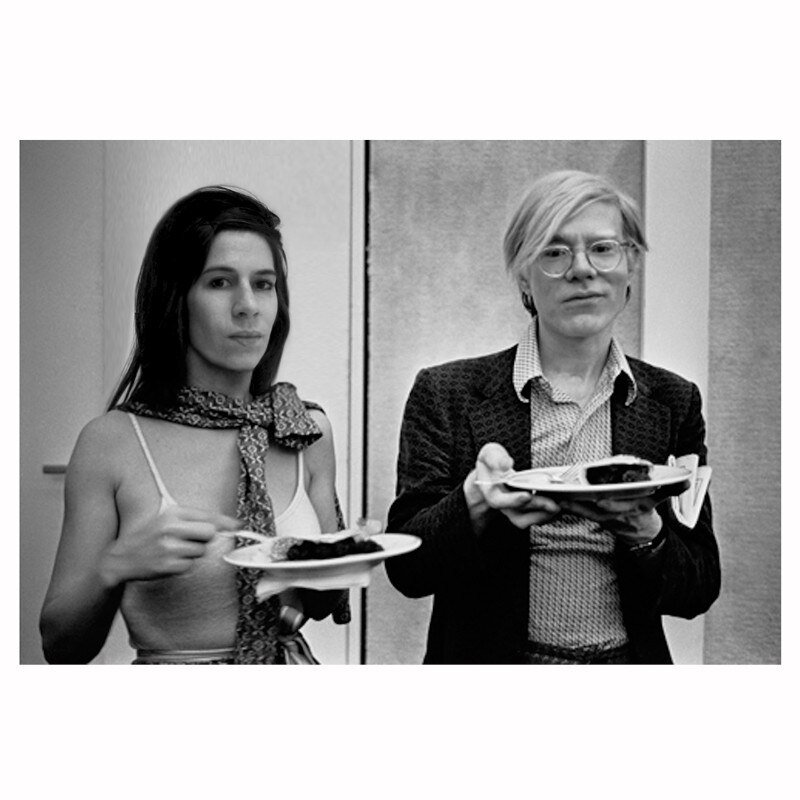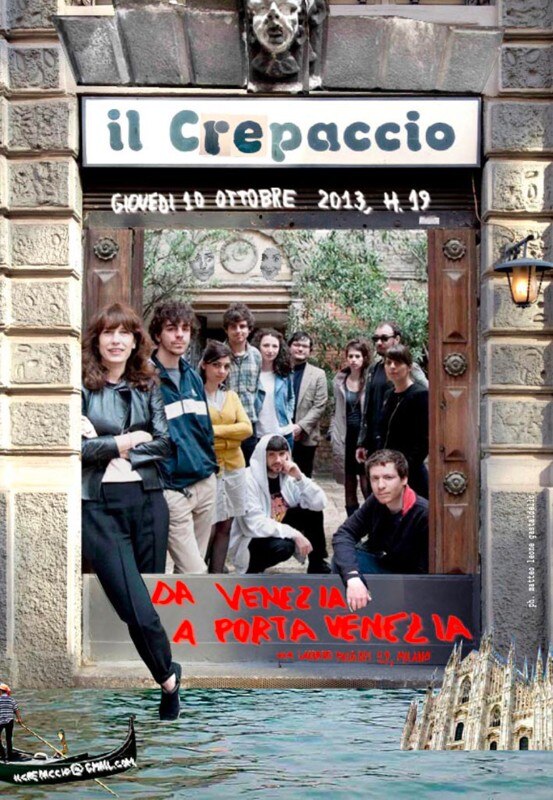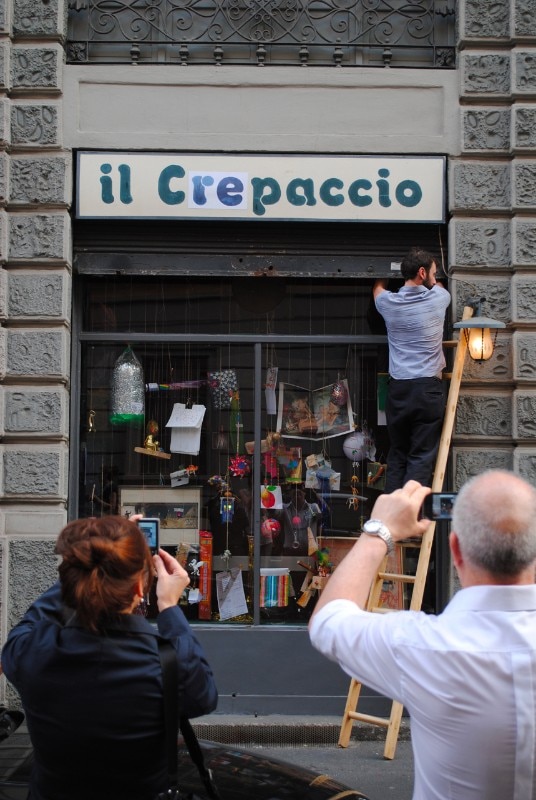It was the summer of 2012 when a change in the order of letters transformed the window of the Milanese Trattoria Il Carpaccio, in Via Lazzaro Palazzi, into Il Crepaccio, a free and accessible micro museum which Caroline Corbetta curated for four years. In this non-profit venue “without commercial aspirations but with ambitions of exhibitionism”, 130 young emerging artists were given visibility. A truly great number, all called to work according to a few simple rules: create a single project which will be exhibited for a week or so, and which can be seen free of charge. The motto was: “We don’t buy, we don’t sell”. This spirit has not changed with the new formula of the “Il Crepaccio Instagram Show”, which official “opened” on 13 November, following a period of preparation with the posting online of the archive of works. But something substantial has changed. After four weeks, with as many artists, it is beginning to show. We discussed this with the alter ego of the Crepaccio, its curator.
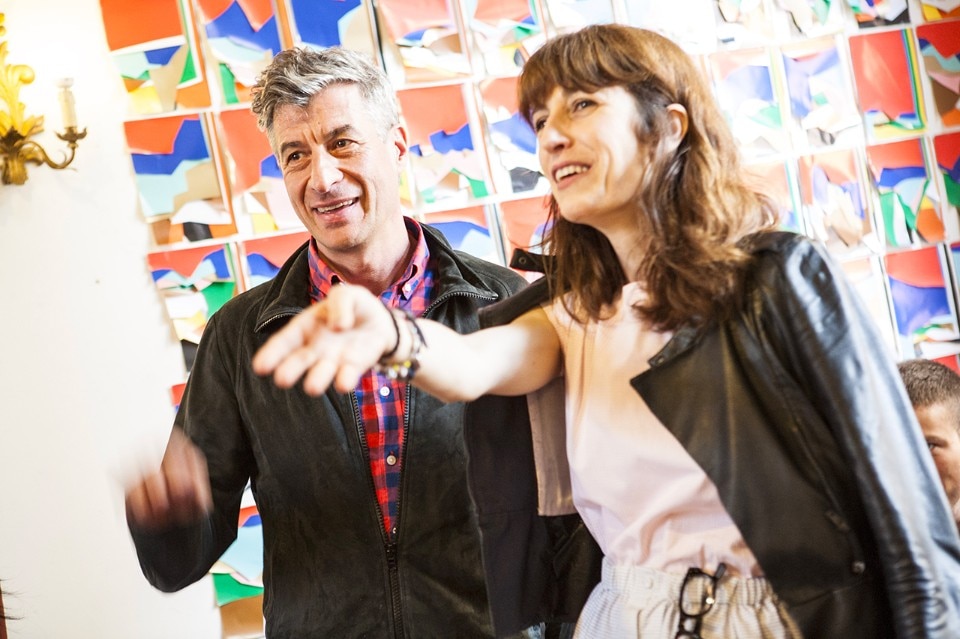
What need or consideration led to the decision to change?
I had been thinking for some time that the Crepaccio had exhausted its initial energy, but I was as convinced as ever that the idea was valid, and I wanted to keep working with young artists, remaining removed from the institutions with the utmost freedom and no financial ties. As always happens, fate stepped in and led to change: the venue was sold, and we were uncertain if the new owners would have been willing to keep hosting us. The inspiration came to me as I was re-organising the Crepaccio material and, at the same time, looking at Instagram.
Among the social media channels, Instagram is the most artistic.
It has an important rapport with art, it has changed the way that exhibitions are seen: experts look for the “Instagram moment” to produce a rapid presentation, and young people often see exhibitions here first, to then decide whether to actually go and see them in person. This is why, now more than ever, curators try to be “photogenic”.

What sets you apart from the profiles of other artists and museums?
Art on Instagram is often presented as a gallery of images, physical works which are photographed and exhibited to a wide-ranging audience, and, very often, sold. Museums use this medium to promote their activity. Ours is, instead, a curated project tailor-made for this instrument.
You ask the artists to produce images with their smartphones, their computers, just like the general public does. Is there a peculiar aspect of the artist in this sea of creativity?
Instagram is made up of images which need to be almost pornographic in the hypervisibility, they need to capture one’s attention. This is the constraint of the single post, just one shot. We are carrying out an experiment to try and understand if the visual aspect is still a prerogative of the artist. I think, in any case, that creativity which is made up solely of images, is something different from art, which is image and content.
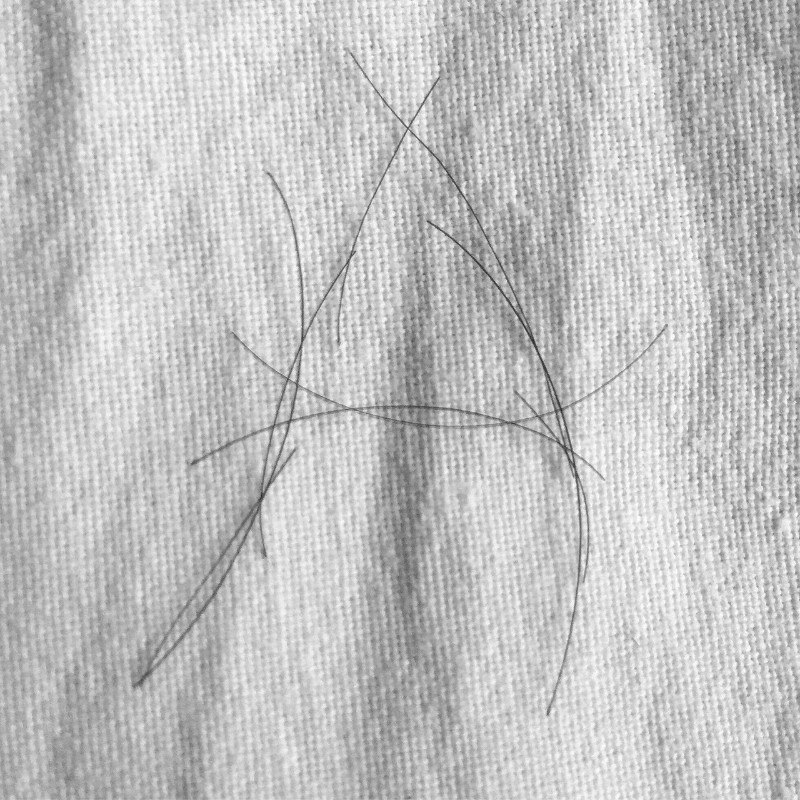
The key to the new project is the format.
I ask the artists to accept the challenge and get their hands dirty, to work on the specific nature of the medium and create images which exist only on Instagram. The only rule is to develop a completely new solo show, made of five contributions to be posted one per day, from Monday to Friday. It is a formula which also looks to the past, to the initiatives from the end of the 1960s, such as the Xerox Book by Seth Siegelaub, who asked a dozen artists, including two young figures, Sol LeWitt and Laurence Weiner, to create completely new works which could be reproduced with a photocopier, allowing people to take the exhibition home with them.
This social version aims to bring art to everyone, just as the old Crepaccio did.
This has always been one of our main objectives, create a mass avant garde movement! First with a window on the street and now with a much more noisy and colourful display window on the world. Our challenge is to widen the audience for art in that kind of Far West which Instagram represents: a virgin territory which is there to be conquered.
You started by involving young Italian artists. What was their reaction?
Yes, naturally I called on artists who had already taken part in the Crepaccio, but not only. In fact, our first participants included, for example, Alessandro Pessoli, who is one on the most appreciated mid-career Italian artists, and who has been living in Los Angeles for years. They immediately followed me in taking this leap of faith into the digital version of the Crepaccio, saying that my request came just at the right time. Some were more accustomed to the medium than others, some didn’t have an Instagram profile... but this is not important. On the contrary, having a novice approach can help to expand the confines of a language. This was the case with RoseLee Goldberg in 2004, when she created Performa, involving artists who had never worked with the world of performance.
Our forerunner was Serena Vestrucci, who was also the first to be involved with the old Crepaccio. With her work TBT, ThrowBack Thursday, she ironises on the mania of the younger generations to heavily edit past images of themselves published on Thursdays: she reinvented herself as Miss Itay, the Beatles, Andy Warhol... Instead, Giovanni De Francesco proposed a series of images which were apparently random and banal, made with hair cuttings, cigarette butts or used socks: they made up one letter a day and formed the word “Nulla” (Nothing). he worked contrarily to the principle that governs Instagram: no catchy images, just black and white, throw-away objects. It is a work which comments on the banality of this medium, which often proposes subjects which do not merit visibility. In the end, art is also made up of everything and nothing.
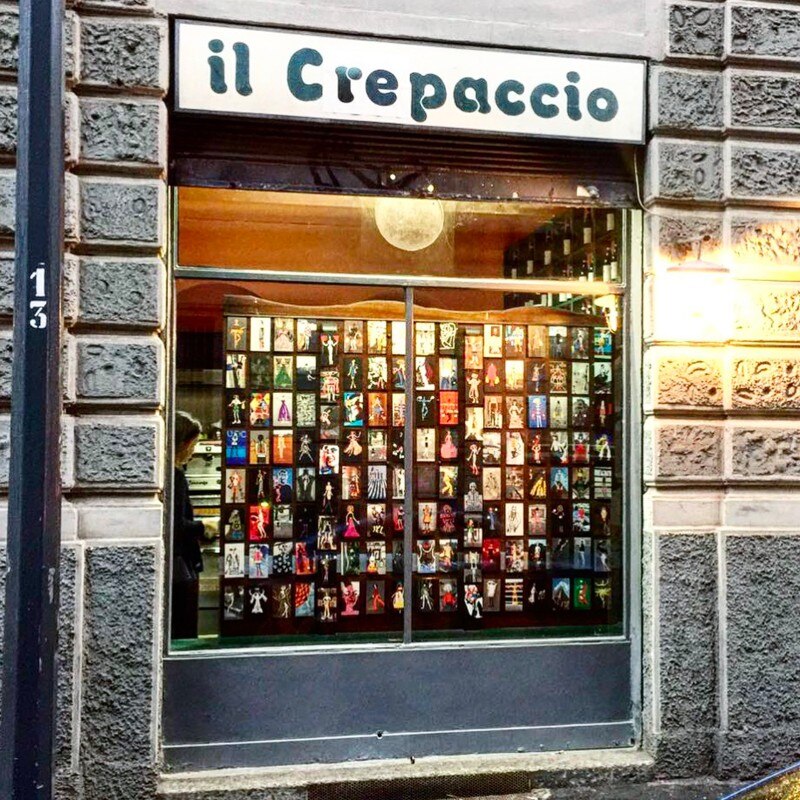
Among the consolidated artists who use Instagram, who do you appreciate?
Maurizio Cattelan and Cindy Sherman. Maurizio works on the tyrannous language of the single post which creates the excitement of likes, but which is forgotten in two seconds. In fact, he cancels his post every day. Sherman, the queen of the self-portrait - the selfie ante litteram - uses filters to distort her face, criticizing the myth of perceived beauty.
Would you not be interested in trying to involve artists like these?
I have already started to put the challenge to international artists as well as more “mature” artists. I hope to encourage them to leave their comfort zone, I think that they could create something interesting in this new creative environment.
What expectations do you have?
That the Crepaccio Instagram Show gradually gains more visibility. We are working from the grass roots, through word of mouth and our website, which I am managing with an artist from the Crepaccio. Caterina Rossato. We started with about 170 followers, the profile was practically inactive. At the end of the fourth week we had reached 1,000, without any communication strategy or publicity.
Objectives? Beat Cattelan and his 70,000 followers?
This would be a great initial objective! But the Crepaccio is not a celebrity like Cattelan (laughing, AN). Anyway, if we manage to reach the dizzying figures of accounts like, for example, love.watts, which has one-and-a-half million followers, I would be delighted, but usually these figures are achieved by working with all-round creativity, not only art, and with a business aspect which for us is, at least for the moment, far off. The number of followers is an important factor on Instagram and one cannot act as a snob, despite carrying out such an intellectual experiment. So, if one is followed or even reposted by a celebrity like Kim Kardashian, who is very far-removed from our world, we should, in the end, be grateful. With a re-post by her, with her 105 million followers, our capacity for penetration and proselytism could explode. So much for Cattelan! This would truly be a mass avant garde phenomenon!


